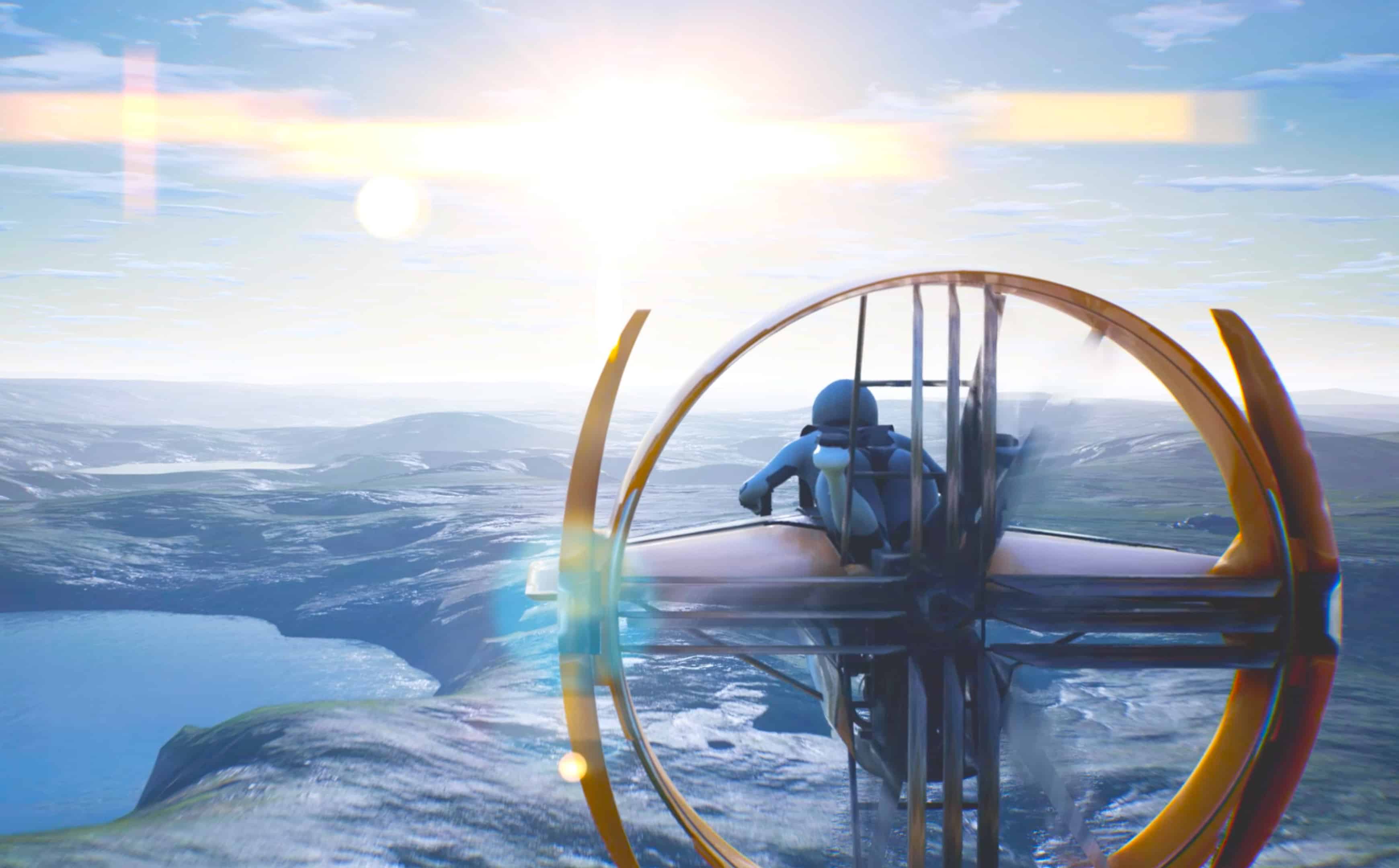Looking Skyward – How rFlight is partnering with TE Connectivity to build a personal aviation vehicle
Team rFlight is building the future, and it looks thrilling.
A personal flying device sounds like something pulled from an Aldous Huxley future-fic.
But for the rFlight team, the future is precisely what they seek to build.
From a passionate subreddit community to an international contest on the West Coast, the team brought together 700+ individuals from around the world to build a pod for SpaceX’s Hyperloop competition. Today, in partnership with TE Connectivity, they’re preparing for the newest design competition that will “make people fly”.
Will they take home the trophy at the GoFly competition in February?
Will they lead us into the future of personal flight?
What is the GoFly competition?
GoFly is a $2 million competition with one agenda: to make people fly.
Sponsored by Boeing, GoFly invites teams and individuals to design a personal flying device. The vehicles must be “safe, useful and thrilling,” and must carry a single person 20 miles without refueling or recharging. Outside of these parameters, the ultimate design and function are left to the teams to create.
Similar to SpaceX’s Hyperloop Pod Competition, GoFly reimagines transportation and challenges engineers to transform the future.
“One of the cool things about competitions like these is that they give you that blank page to work with, but they also set some boundaries. We’re forced to innovate and come up with the most-advanced and competitive technology given the constrains of the competition,” said Brent Lessard, co-founder and project manager for rFlight.
Those individuals and teams competing in the last phase of the competition, including the rFlight team, will test their real-life model at the GoFly Final Fly Off in San Francisco on Saturday, February 29, 2020.
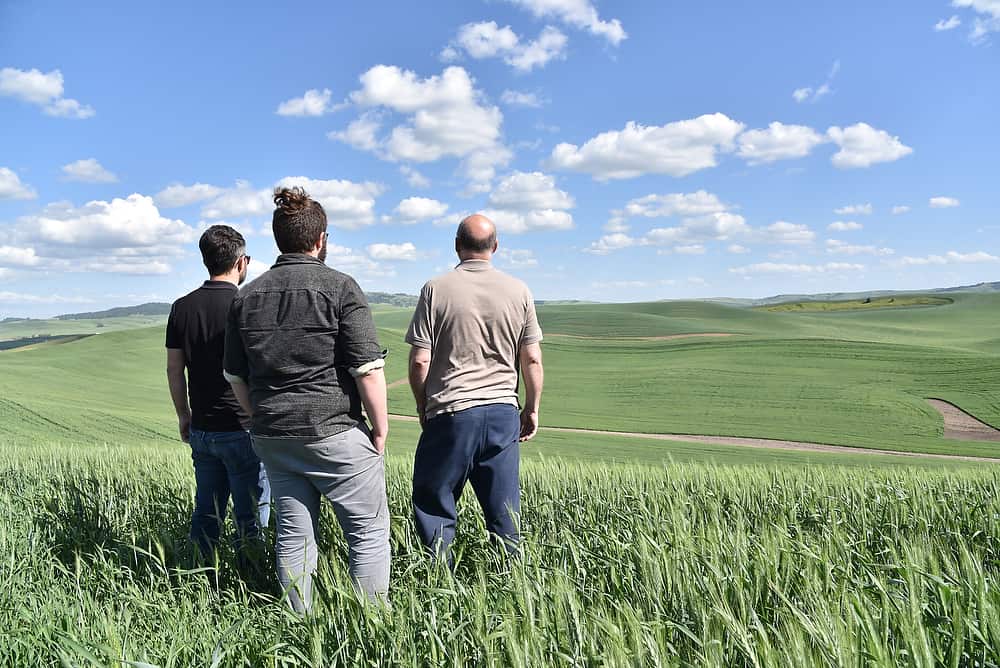
How the rFlight team came together
The rFlight project comes from the same community that built the rLoop, one of the five award-winners from the first Hyperloop competition. A single post on a SpaceX subreddit community sparked the rLoop team to form. A year-and-a-half later, they built one of the most advanced Hyperloop prototypes in existence.
The team started with a couple dozen people and grew as they recognized the need for specialized engineers and experts. Today, the community has over 1,400 members from over 60 different countries. Around 140 people are on the team for the rFlight project.
The following Hyperloop competitions focused only on university-level teams, which meant the rLoop team wasn’t allowed to compete. However, Elon Musk himself invited the team back to the second competition to showcase their new prototype because he was so impressed by their technology.
“The passion for the technology is the main driver of the rLoop community. This community is really supportive and excited by challenging projects. We are interested in developing ambitious technology,” said Thierry Marin-Martinod, VP and CTO for TE Connectivity’s Aerospace business.
From virtual collaboration to a physical prototype
When the team started to collaborate on the rLoop design, the work was 100% virtual. Once they received the green light to move to phase 2 of the Hyperloop competition, the team needed a physical space where they could build a solid prototype of their design.
A major accomplishment of the rLoop community was their ability to move from a virtual community to a smaller, hands-on team. Shortly after advancing to the “build” phase of the first Hyperloop challenge, the rLoop team connected with employees from TE Connectivity.
“We were very fortunate in getting in touch with the experts and staff at TE,” said Lessard. “The entire Hyperloop vehicle was built at the TE Silicon Valley site, and it’s still there to this date.”
But, with a different competition comes different engineering challenges and a whole new sector of transportation.
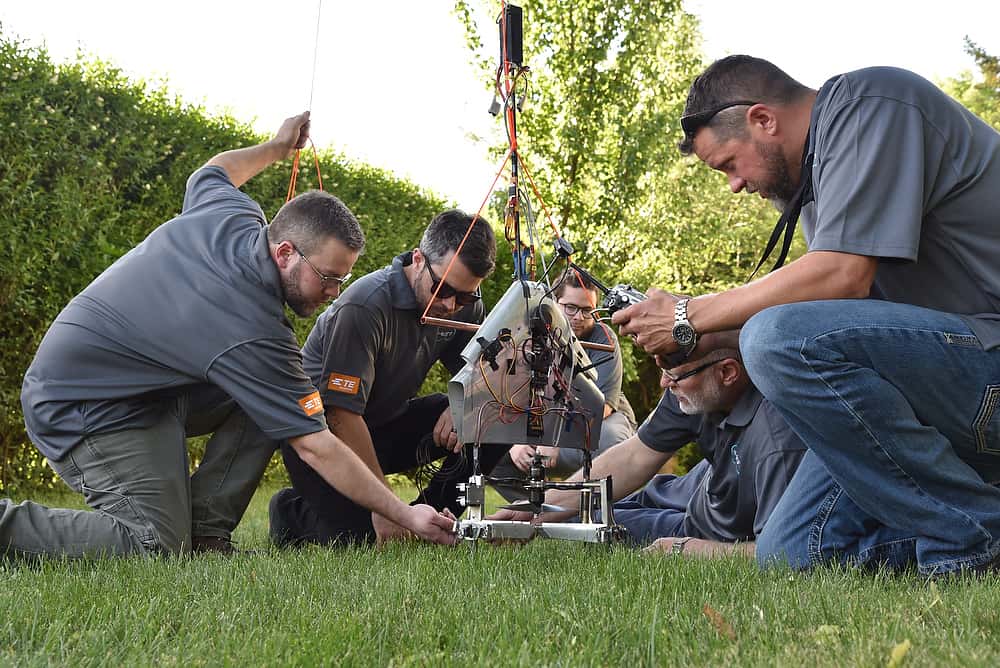
Partnering with TE to innovate faster
Following the success with rLoop, the team has extended their partnership with TE Connectivity to other projects, including rFlight.
A global technology leader in the electronic manufacturing space, TE Connectivity provides rFlight with lab space at the TE Silicon Valley campus, product support, and engineering expertise from TE advisors.
“One of the first areas that TE helped us with was the advice and guidance from their engineers. That was a massive boost for our team and hugely beneficial,” said Lessard. “Also, the products that TE had were amazing, especially considering the harsh environments that these vehicles operate in.”
With their products and guidance, TE enables the crew to quickly problem-solve and design innovative solutions. To this day, rLoop is still the only team to have introduced a Hyperloop vehicle with a pressure vessel. Lessard and Marin-Martinod credit rLoop’s fruitful relationship with TE to their shared values of teamwork and innovation.
“There’s synergy starting with our values. TE values teamwork and innovation – these are two key values of the rLoop and rFlight teams,” said Marin-Martinod.
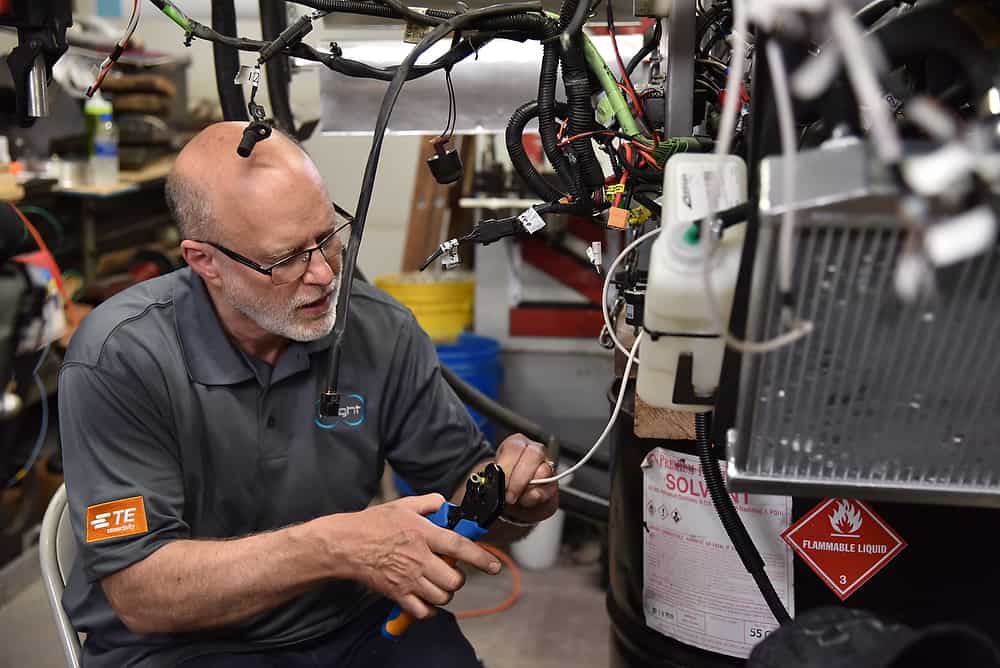
Simulating the real-life prototype for the GoFly competition
Having built a ⅕ size prototype of the competition vehicle, the N217RL, rFlight is currently building a full-scale prototype, which will include TE connectors, wires and sensors.
TE has a full range of components, sensors and connectors used in IOT. These products will allow rFlight to monitor and optimize their prototype design. While still early in the prototype phase, TE is helping rFlight to run simulations and optimize the structure of the vehicle.
“Before we start cutting and machining and assembling the frame, the ribs and the skin of the vehicle, we will know if it will withstand the dynamic forces that it will experience during flight,” said Lessard. “Building off of the same values and philosophies has allowed us to work so well together and to innovate so quickly.”
Driven to push the boundaries of technological innovation
For competing teams, a massive amount of technology must be developed and integrated to showcase a successful flying vehicle at GoFly – a high-anticipated contest for testing aviation vehicles.
“We’re not looking to make incremental improvements on something that already exists – we’re looking for a blank page start. We like to push the boundaries and work on something very ambitious,” said Lessard.
Building a personal flying device for the GoFly competition is that blank page start.
This competition is a testbed for these types of technology and integration; the ultimate goal is to take the data from the successful devices and develop a vehicle that can be used for a variety of purposes. Lessard feels confident in the rFlight’s design.
“The vehicle that we’re building is designed to win this competition,” he said.

How rFlight will define the future
Winning the GoFly competition would be a monumental achievement, but rFlight’s goal around the competition extends far beyond winning.
“This is the first step. We want to reuse all the technology bricks we are developing for the GoFly competition to push the development of the rWing platform,” said Marin-Martinod.
The rWing is the commercial version of the personal flying device that the rFlight team seeks to create. The team envisions the rWing as a first-response or disaster-response vehicle that will enable first-responders to access areas that might become isolated during an event.
“We love a challenge and we want to create tomorrow’s technology, but there’s also an altruistic lean to our community. When we’re developing this technology, we’re seeing social and environmental benefits,” said Lessard.
This type of transportation can deliver a first-responder in cases where he or she is needed on the ground, bringing triage skills, first aid and resources with them. The vehicle also has search-and-rescue applications and potentials that extend far beyond recreational uses.
“Some people wait for the future. They think that somebody else is in charge of defining the future. But the future is us, and your action or lack of action is defining the future,” said Marin-Martinod. “Everyone in the rLoop community wants to be a part of this future – they want to help write the story. Our story.”
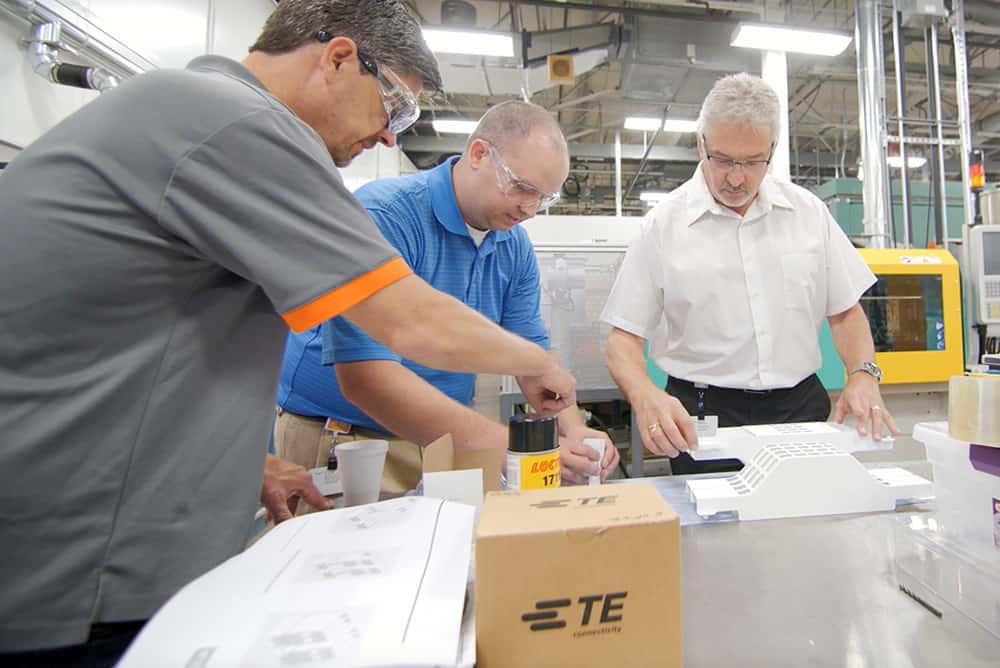
Subscribe Today!
Get more of this great content sent directly to your inbox
Adam Beck
Latest posts by Adam Beck (see all)
- 2025 Industrial Marketing Summit Announced for February 26-28 in Austin, TX - May 31, 2024
- Engineering the World’s Longest Solar Eclipse - April 9, 2024
- How AR CAD Models and Apple Vision are Helping Engineers Become Tony Stark - March 12, 2024
